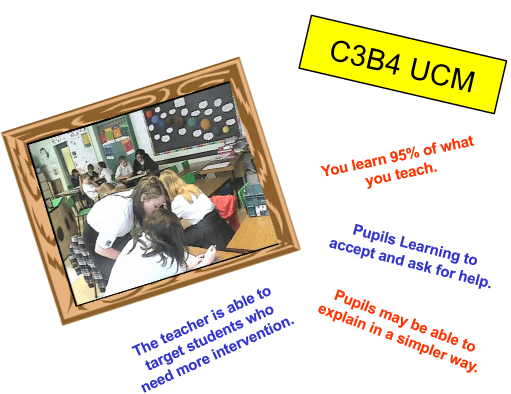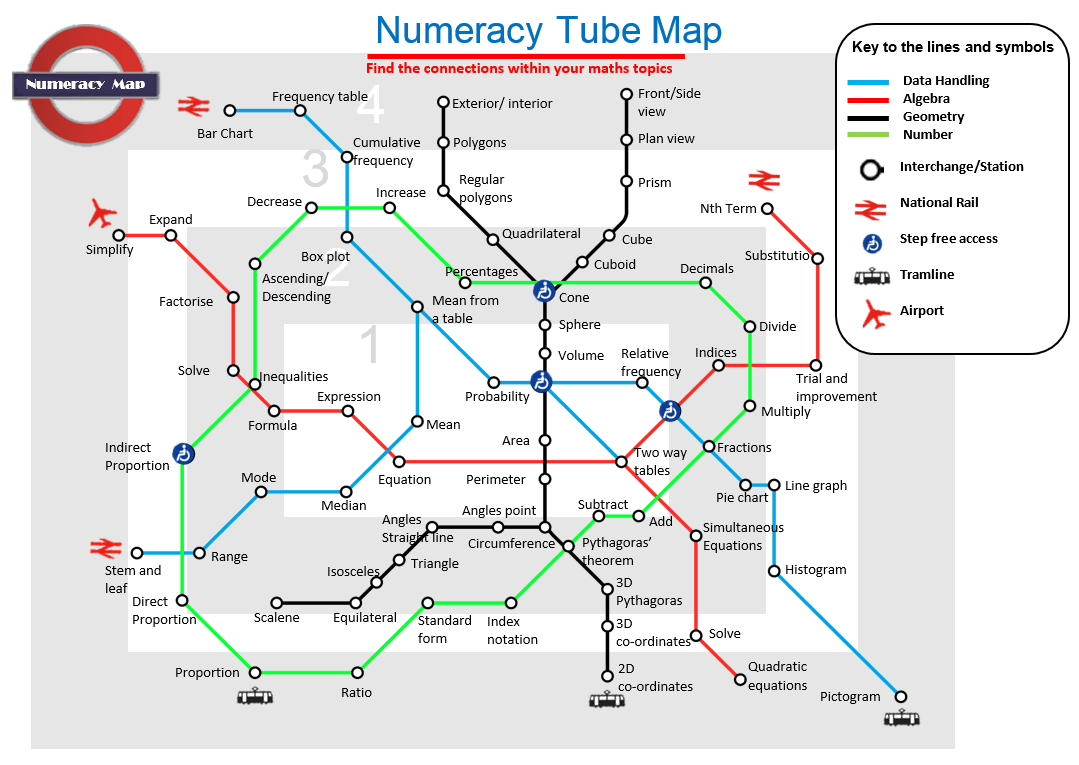Independent Learning

Theory
Independent learning is buzz term that has been around for several years within education but what is it all about? Why are some students more independent than others and how can we as educators breed a culture of independence within our schools and classes? Banksy is of the opinion that “A lot of people never use their initiative because no-one told them to” (Banksy). So, is it not our job as educators to tell them to be independent? Is being independent as easy as just being told to be?
There are many different versions and amended definition of what people think independent learning is. I rather like the following definition provided by our government. “Independent learning is pupils having an understanding of their learning; being motivated to take responsibility for their learning; and working with teachers to structure their learning environment.” (DFSC).
As teachers it is our responsibility to teach students the skills that will help them throughout their whole lives. Although, the importance behind some of what is taught in a classroom is the thought process it took for a student to get there. In real life a student may never use trigonometry, however they will more than likely use the problem solving skills they inadvertently learnt when dealing with trigonometry questions
Practise
So how can we, as teachers, bread this culture of independence and help develop our students into becoming independent learners?
Carol Dweck has written a great book on the theory of growth and fixed mind-sets. Within the book Benjamin Barber, an eminent sociologist, is quoted to have once said “I don’t divide the world into the weak and the strong, or the successes and the failures… I divide the world into the learners and nonlearners.” (Dweck, n.d.). As teachers we want all our students to be learners. I have seen many great mind-set displays around on twitter showing students it’s okay to make mistakes as this is the time when we learn the most. Some examples by @C0mplexNumber can be seen below.
(These displays can be downloaded from TES for free)
Teachers will often find they naturally incorporate activities within their classroom practice which promote independent learning. When running an inset training session for staff on independent learning at my school, a common misconception came out that people thought independent learning was the same as group work. So after discussion with many members of staff from my school I have put together my top 5 independent learning activities.
My Top Five Activities
1 – Ski Slope Learning
 Every student learns at different rates and has different strengths. Ski slope learning allows for students to get to the same end result from different starting points.
Every student learns at different rates and has different strengths. Ski slope learning allows for students to get to the same end result from different starting points.
If you think about ski slopes there are several different degrees of difficulty, with green being the easiest and black being the hardest, however no matter which route you take you always get to the bottom of the slope. Applying this method to a structured lesson environment allows pupils to work at their own individual paces and has differentiated routes to ensure all pupils achieve the learning objective. The ski slope method also provides opportunity for pupils to work independently and allows for rapid progress.
When it comes to the black slope, it’s a place where you can challenge pupils to think outside of the box and apply the knowledge in new ways. This will help stretch and test the most able (G+T) students understanding and comprehension of a topic.
More information can be found here
 2 – C3B4 UCM
2 – C3B4 UCM
This is a strategy used by many teachers and I personally find it works best in the lowest of ability groups, after training the class. C3B4 UCM stands for see three people before you see me, the teacher for help. It gives students’ the opportunity to support each other, see the mistakes other students are making and have open discussions and debates about the mistakes they have made.
 3 – Doctors Diagnosis
3 – Doctors Diagnosis
Students work as individuals or groups and provide feedback on each other’s classwork and assignments. The students provide each patient with ways to improve their condition by identify the symptoms and prescribing a solution or idea. I discovered this creative resource on the great @ASTSupportAAli toolkit, which if you haven't already looked at you should. He shares many good teaching ideas for free.
More information can be found here.
 4 – Learning Mats
4 – Learning Mats
This was an idea shown to me within my training year and a strategy I often use. Students are given different starting points on a learning mat and at the end of a lesson all students are expected to have the full mat completed. This activity links well with science. A teacher in my school gave some students the methodology section and others just the aim, equipment and diagrams when getting students to carry out an experiment and write up a report. Within English what worked well was when a teacher gave some students quotes and provided other students with themes and ideas, this helped them structure an essay. This is a differentiated activity which allows the students to apply and use knowledge built up from previous lessons. All students should achieve the learning outcome however the route they took to get might be slightly different.
 5 – Association
5 – Association
I often give students two or three nuggets of information that they have to discover the connection between. This works with facts, figures and even character names from a book. In the example I gave  the students histograms, cumulative frequency graphs and frequency tables. The students had to match the pairs and draw the missing one for each pair.
the students histograms, cumulative frequency graphs and frequency tables. The students had to match the pairs and draw the missing one for each pair.
Another way I have more recently seen and used association myself is through the use of London underground tube map.
More information can be found here
I hope you found this article interesting and useful.
Miss B
References
Banksy. (n.d.). Independent Thought. Retrieved from http://www.banksy.co.uk/
DFSC. (n.d.). Independent Learning - Literature Review. Retrieved from Department for Children, Schools and Families: https://www.gov.uk/government/uploads/system/uploads/attachment_data/file/222277/DCSF-RR051.pdf
Dweck, C. (n.d.). How mindset affects success. Retrieved from Mindset: http://www.mindsetonline.com/howmindsetaffects/mindsetforachievement/index.html
Tags: HOTs, Whole School , Independent Learning, Differentiation
Comments (1)
-
Guest - Lauren
Do you have any additional information/resources regarding the learning mats? The image is so small and I would love to use this in my chemistry classroom.
Thanks!0 Like










Leave your comments
Login to post a comment
Post comment as a guest